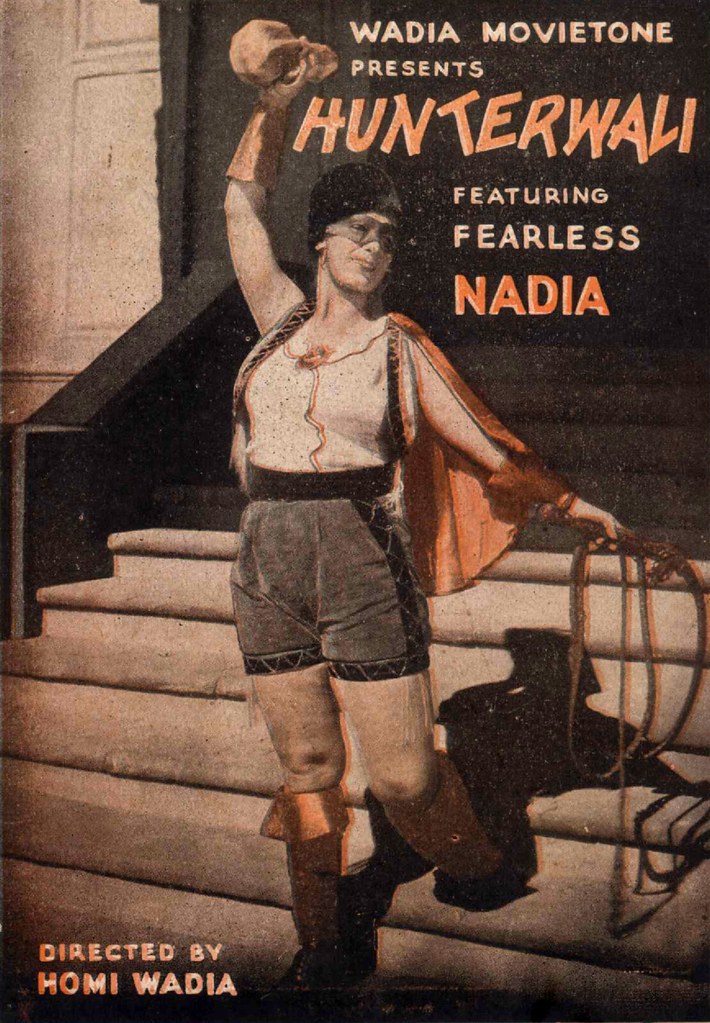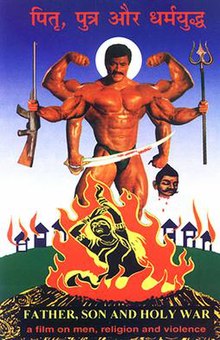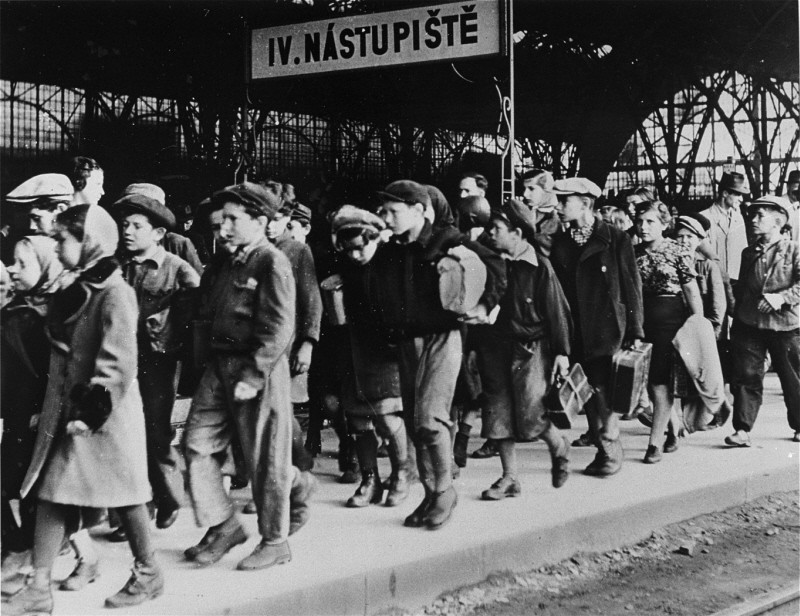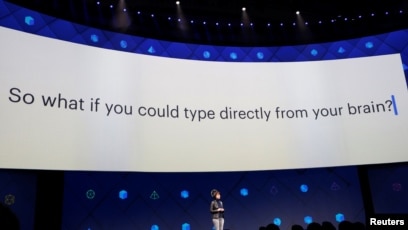Although social categorization leads to social hierarchy and has been witnessed multiple times in history, this result is not always inevitable. Since the prompt states that social categorization is a sufficient condition for hierarchy, this premise breaks down on providing social psychology principles and related counter-examples which suggest the contrary.
According to the stereotype content model, stereotypes can be arranged along the warmth-competence dimension. Groups with high competence and high warmth experience an emotional prejudice of admiration whereas groups with high competence and low warmth experience envy. Research from the field of Social Comparison theory also shows that there is an innate desire for social groups to achieve a superior relative position which in turn leads to competitiveness. Additionally, this comparison can corrupt the comparer, envy and humiliate a certain social group and make them feel ashamed of their own inadequacy.

This essay will now apply these principles to instances in history to come up with the first argument in opposition to this prompt. Throughout the Middle Ages to the present-day, Europe has been inhabited by groups that differ in culture, language, ethnicity, prosperity, religion and scientific advancement. However, most of these groups tended to have similar levels of competence but differing levels of warmth. Whenever this took place and there was the genesis of a social hierarchy, the group associated with envy tended to engage in conflict with the ones associated with admiration and separate. This has been observed in several cases, such as the Thirty Years War, which was essentially a war between Catholics and Protestants and led to the formation of new countries such as the Dutch Republic.

Therefore, these ‘groups’ eventually formed smaller nations that were constantly at war with one another on account of trying to establish a superior relative position. However, even today, it is not possible to objectively declare one European Nation to be superior to another. It is not possible to produce an ordered list of nations which are superior in all regards. The Spanish Armada was the most powerful fleet in the 16th and 17th century. The British Empire was so huge that the sun never set on it. Nazi Germany arguably had the most powerful army in the world which they built in a staggeringly small amount of time. All these groups rose and fell before a clear hierarchy between these competing nations could be established. The Nazis had claimed such superiority in the decades between 1930 and 1940. However, their ideology was met with severe resistance and ultimately, they suffered defeat in war and their vision.
In other words, continuous conflict ensured that groups with similar competence couldn’t be placed into one uniform hierarchy. The struggle to achieve a superior relative position was continuous but since the groups were more-or-less evenly matched, a definitive result could not be reached. This prevented humiliation, envy, and discrimination of any one social group (which, it can be argued, would have most definitely happened if Europe was a single nation).
The second example concerns the India-Pakistan partition in 1947. The Muslims were a minority in India and they feared that when the nation got independent and started operating under a democracy, their interests wouldn’t be protected as much as those of the Hindus. In other words, they would be characterized by envy and the Hindus by admiration.
They feared the categorization of the continent based on religion would ultimately lead to social hierarchy with the Hindus, on account of being the majority, enjoying a superior position and using this to humiliate and subjugate the Muslims. However, the Muslims, with the aid of the Muslim League, was in a powerful enough position to demand separation from the British. Since they had the political clout to carve out an entire nation for themselves, the majority of Muslims in the subcontinent were able to avoid the perceived hierarchy they thought they would have to live in. This event is completely justified if the principles stated above are assumed to be true.
Therefore, we can conclude that social hierarchy arises from social categorization only when one group is (politically and economically) more powerful than the other. In cases where two groups wield comparative amounts of power, it leads to separation and sometimes, conflict. In other words, if there is a group that tries to establish and declare itself as superior to others, it only leads to hierarchy if the other groups are not powerful enough to engage (and possibly defeat) the former group in conflict or if it is not feasible for the group declared inferior to separate. Separation and/or conflict were possible in both the examples above and the social groups chose these over a uniform social hierarchy where one group would face the brunt of discrimination and prejudice.
Additionally, the prompt’s premise fails in the social and political environment of today. Our civilizations have advanced to the point where we are self-aware of our prejudices and discrimination capabilities. Therefore, most countries (especially the ones with democratic governments) have laws that prevent a hierarchy from forming and introduce corrective measures to uplift those that they think are disadvantaged.
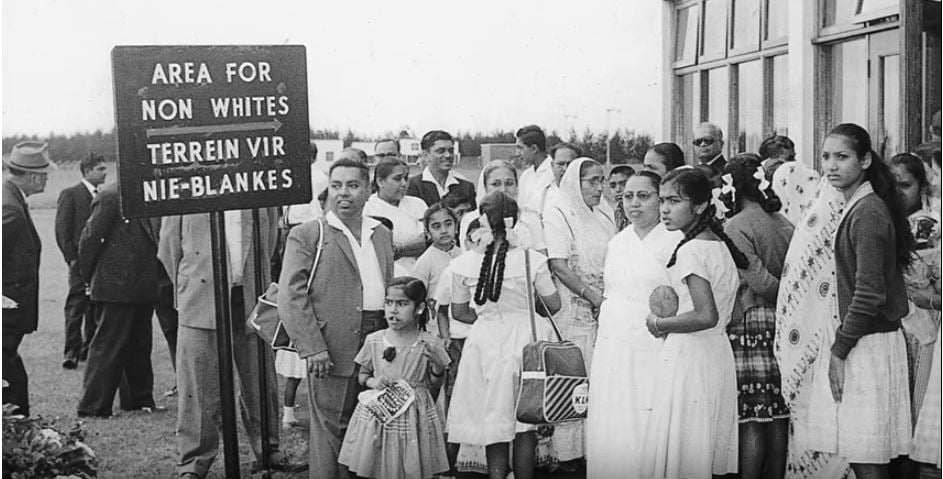
In India, there is a reservation policy in place that ensures the most downtrodden of communities have representation in politics and government jobs in proportion to their population. South Africa, fresh from its independence of the Afrikaans, have a strong constitution that eliminates any possibility of apartheid or other race-based discrimination. Software companies in Silicon Valley have special events, competitions and hiring sprees for women in order to correct the gender gap in the technology industry. In all these cases, it is legally not possible to have a hierarchy. It is no longer possible to claim that a Brahmin is superior to a Shudra. Or that Whites are superior to blacks. While prejudices still do exist, the scope of acting on them is significantly lower than what was possible just a century ago.
Added to this is the fact that such cognitive interventions can address the psychologically destructive consequences of negative social identities. Additionally, there is research that suggests that exposure to diversity can increase pro-sociality or helpful behavior among people belonging to different social classes and can decreases instances of discrimination. Increasing interactions between out-groups can also transform civic cultures with one social group adopting ‘desirable’ characteristics and practices of another.
With laws that protect the marginalized groups and provide affirmative action policies to uplift their socio-economic status, these groups are in a much better position to yield higher political and economic power and in turn, have a greater sense of self-worth. They become more competent and the laws ensure that legally, there is a comparable level of ‘warmth’. Also, since they attend the same institutions and work in the same jobs as people of ‘higher’ social groups, exposure to diversity reduces the tendency to discriminate and form hierarchies. It also leads to both groups exchanging practices and traits, thus ensuring more homogenization and a shared identity characterized by tolerance and acceptance.
Finally, let us continue to consider this argument through social networks but this time, from a nationalistic perspective. While it is possible to rank countries based on their economy, GDP per capita and military might, it can be argued that it is still not possible to establish a clear hierarchy based on this. It might be true that the Americans are the most powerful people on the planet but there is little they can do to act on it and more importantly, own up to it. The concept of a hierarchy is pointless if the supposed superior group cannot act upon it and inflict damage on the supposed inferior groups.
Increasing the density of social relations can also improve the civic culture or “social capital” of a community. Today, even the smallest of nations are part of military alliances and pacts and an attack on them would automatically lead to a declaration of war by its larger, more powerful allies. Organizations such as the WTO ensure that larger countries do not bully the smaller ones when it comes to trade. The United Nations was founded on the idea that large, powerful nations cannot become aggressors without being met with opposition from the rest of the world. These agreements prevent hierarchies from forming or at least, render them impotent to a point where it does not inflict as much damage anymore. Prosocial behavior also indicates that the formation of these groups tends to make the members hold its leaders to a higher standard of caring, which in turn increases the potency of such groups.
As the stated principles demonstrate clearly, it is human nature form groups which may engage in competition with other groups and try to dominate them. However, if the competing groups wield a similar amount of power, it leads to separation instead of hierarchy. Additionally, we have learned to overcome our biological instincts and the ‘survival of the fittest’ attitude to establish laws and rules that protect those groups which may be considered at risk. Finally, there are also alliances and agreements with powerful groups that give smaller groups protection and save them from the wrath of their immediate, powerful enemy.
Bibliography
- Durante F, Capozza D, Fiske ST. The Stereotype Content Model: The Role Played by Competence in Inferring Group Status. TPM Test Psychom Methodol Appl Psychol. 2010;17(4):187-199.
- Garcia, S. M., Tor, A., & Schiff, T. M. (2013). The Psychology of Competition. Perspectives on Psychological Science, 8(6), 634-650. doi:10.1177/1745691613504114
- Fiske ST. Envy up, scorn down: how comparison divides us. Am Psychol. 2010;65(8):698-706.
- World Development Report 2015: Mind, Society, and Behavior. (2014). doi:10.1596/978-1-4648-0342-0
- Nuthalapati, R. (2010). Mismatched filtering of chaotic codes. 2010 International Waveform Diversity and Design Conference. doi:10.1109/wdd.2010.5592337
- Muramatsu, N. (2003). County-Level Income Inequality and Depression among Older Americans. Health Services Research, 38(6p2), 1863-1884. doi:10.1111/j.1475-6773.2003.00206.x
- Putnam, R. D., Leonardi, R., & Nanetti, R. (1993). Making democracy work: Civic traditions in modern Italy. Princeton, NJ: Princeton Univ. Press.


